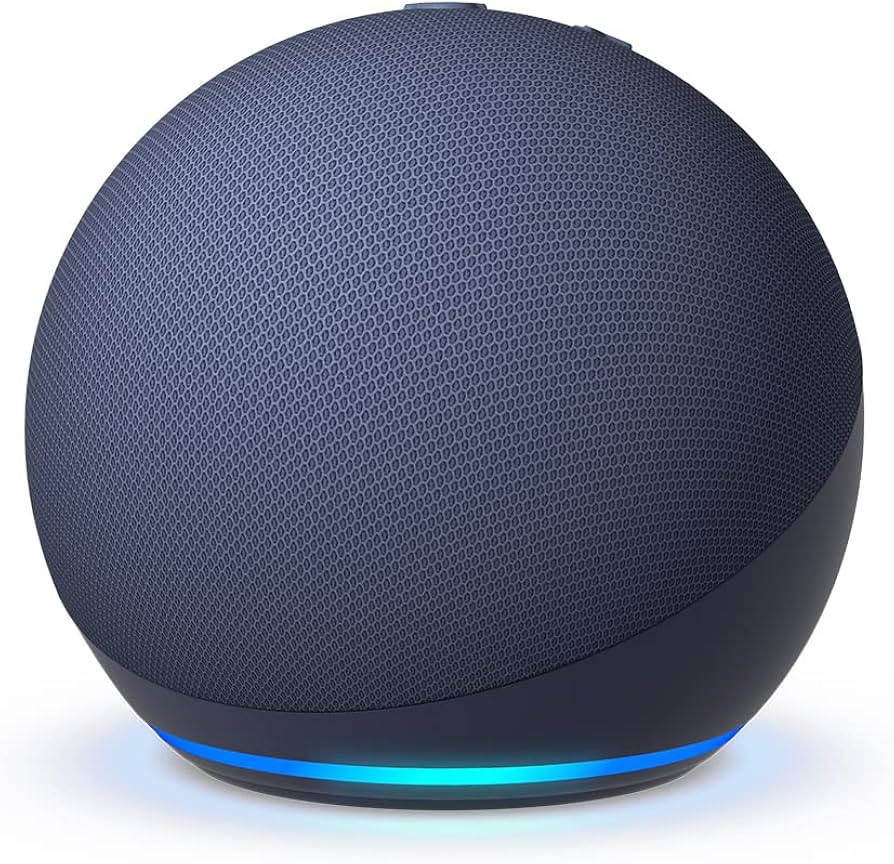Adverts
Virtual assistants are an integral part of our digital lives, making everyday tasks easier and offering unprecedented convenience.
However, with the increasing presence of these devices in our homes and workplaces, concerns about privacy and security arise. Are they really listening to us all the time?
Adverts
This is one of the main questions we will explore, debunking the myths and revealing the truths about how these technologies work.
In the digital world, the line between convenience and invasion of privacy can be blurred. Virtual assistants like Alexa, Siri and Google Assistant are designed to listen for specific commands, but some question whether these devices capture more information than they should.
Adverts
Let’s dissect the claims and examine these companies’ privacy policies to understand what’s really going on behind the scenes.
In addition to clarifying these doubts, this text will address the measures that can be taken to protect your privacy while enjoying the benefits of virtual assistants. Knowing how to manage your settings and being aware of the data you share is crucial in a world where information is valuable.
Follow this in-depth analysis to separate fact from fiction and ensure you are fully informed about the implications of having a virtual assistant in your life.🔍 Understand how technology can be your ally, without compromising your online security and privacy.

How Virtual Assistants Work
Virtual assistants, such as Alexa, Siri, and Google Assistant, work by integrating voice recognition and natural language processing technology. These devices are programmed to identify specific keywords, which serve as activation commands. Once activated, the assistant processes the request and performs the desired task, which can range from a simple query to more complex control of smart devices in a home.
To make this happen, virtual assistants use a system of integrated microphones that capture ambient sound. These microphones are always “listening” passively, waiting for the activation command. However, it is important to note that this “listening” does not involve recording or continuously transmitting audio. This only happens when the keyword is recognized, ensuring that the user’s privacy is, in theory, respected.
Regarding concerns about recordings, companies claim that the data collected is used to improve the functionality of the assistants. However, this raises questions about privacy and the storage of this data. Each device has its own specific privacy policies, and it is up to users to be aware of them and decide what is best for their needs and security.
Security and Privacy: Real Facts
The security and privacy of virtual assistants is often debated, especially in relation to how user data is managed. These devices have a great potential to access personal information, as they interact directly with the home environment and can store a variety of personal data. Manufacturers ensure that strict security measures are implemented to protect this information.
Virtual assistants are designed to transmit audio data only after the activation command has been acknowledged. This means that, theoretically, they are not constantly recording or sending information to external servers. However, data leaks and security breaches can occur, as with any technology. Companies are continually improving their security measures to mitigate these risks.
Data storage is another important point. Typically, recordings are kept on company servers for analysis and continuous improvement of systems. However, most assistants offer the option to delete these recordings through the user's privacy settings. 🚫🔍 It is crucial that users review and adjust these settings as needed to maintain the privacy of their data.

Debunking the Myths about Constant Listening
One of the most persistent myths about virtual assistants is the idea that they are always listening and recording conversations. While the microphones on these devices are technically always on to detect the activation command, that doesn’t mean they are recording or transmitting everything that is said.
The reality is that, after the activation command, the device begins recording and transmitting the data necessary to process the request. This entire process is encrypted, which provides an extra layer of security. In addition, most companies responsible for these devices have regular audits to ensure that privacy and security policies are followed.
To increase user confidence, many devices include visual or audible indicators that notify users when recording is taking place. 🔊 This helps clarify when the Assistant is in active listening mode. Additionally, users have the option to physically disable the microphones, ensuring that the device cannot listen even if they want it to.
Privacy Settings and User Control
Virtual assistants offer a variety of privacy settings that allow users to control what data is collected and how it is used. Companies provide tools to review and delete voice recordings, adjust activation command sensitivity settings, and control third-party access to user data.
Users can access these settings through mobile apps associated with virtual assistants or via web interfaces. Here are some common options available:
- Activity Review: Review and listen to recordings to determine whether they should be kept or deleted.
- Data Deletion: Options to erase recording history and data stored on the company's servers.
- Sensitivity Control: Adjust the sensitivity to the activation command to reduce the chance of unwanted activations.
- Microphone Block: Physically disable the microphones to ensure the device cannot hear.
These options provide the user with a significant level of control over their interactions with the virtual assistant. 🔒 Transparency in the management of this data is essential to create a relationship of trust between the consumer and the technology.

Final Considerations on the Evolution of Technology
The evolution of virtual assistants is a testament to the rapid advancement of artificial intelligence and natural language processing. These devices have become an integral part of many people’s lives, offering unprecedented convenience and connectivity. However, with this convenience comes legitimate concerns about privacy and security.
Manufacturers continue to develop ways to make these devices more secure, ensuring that data storage and transmission are done in a way that protects user privacy. Implementing robust encryption, security audits, and regular updates are all measures that help mitigate potential risks.
Additionally, proactive user engagement in managing their privacy settings plays a crucial role in protecting their personal data. Understanding the capabilities and limitations of virtual assistants allows users to make the most of the technology without compromising the security of their personal information. 🌐🚀
Virtual assistants represent an exciting future in human-machine interaction, but it is essential that industry and consumers work together to ensure this future is safe and privacy-respecting.
Conclusion
In short, virtual assistants are powerful and often indispensable tools in our daily lives, but they still raise privacy concerns. The idea that these devices are “always listening” is a persistent myth, although the reality is more complex. In fact, assistants require wake words to start recording audio, so most of the time, they do not capture our conversations. However, it is important to recognize that technical glitches can occur, and data collection is a reality in many digital services.
Additionally, companies behind virtual assistants are continually improving their privacy and security policies. They often give users control over their information, allowing them to adjust settings to limit access to personal data. Additionally, it’s up to consumers to be proactive by regularly reviewing their privacy settings and staying informed about the policies of each device.
Ultimately, as technology evolves, our awareness and education about digital security must keep pace. This way, we can enjoy the benefits of virtual assistants while minimizing risks to our privacy. Therefore, by balancing convenience with caution, we can enjoy a safer and more conscious use of these devices. 🔐




